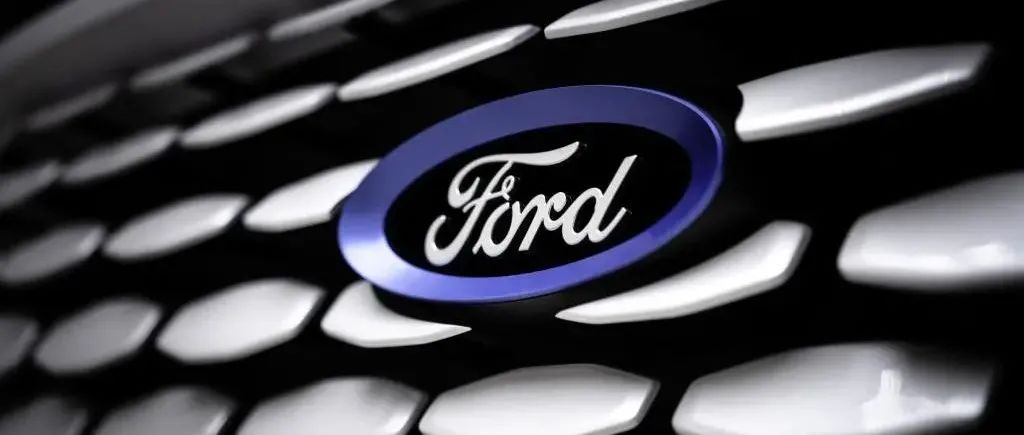Journey of One Hundred People Media: Focusing on the Evolution of the Automotive Industry
Author: Zhou Pei
For the past three years, the chief engineer of the Ford EVOS project, Guan Yingchao, has had a “difficult” time.
Having been with Ford for nearly 17 years, Guan described his mentality over the past three years using three words: challenge, pressure, and excitement.
In fact, everyone at Ford China felt the same way since the EVOS project was launched. The most painful thing they all experienced was the need to “update their thinking.”
In the past, Ford had absolute confidence, with performance and handling as the most prominent characteristics of the brand. However, in the rapidly changing wave of intelligent transformation, Ford not only needs to rediscover the possibility of the brand but also needs to add some new genes to the brand.
The balance is very difficult to achieve.
Looking at the rapid rise of new forces such as NIO, XPeng, and Ideals, as well as traditional car companies such as Volkswagen, Toyota, and General Motors, who are following suit in transforming, Ford would not be believed if they said they weren’t in a hurry.
Three years ago, Chen Anning, the helm of Ford China, decided to take a bet. He gave the EVOS project team the power to define the product, but with a clear requirement: when people see the EVOS, they must think of the Ford brand DNA but with a subversion of traditional Ford thinking.
Performance and handling for fuel cars are not difficult, but the challenge lies in how to intelligently transform a fuel car so that it remains competitive when it hits the market in two to three years. This not only requires predicting the market but also needs to master the trends in technological development. In other words, Ford’s R&D team in 2018 had to think about what will happen in 2021.
It’s not easy.
Direction is more important than effort
“The pace of Ford’s transformation in the Chinese market is a bit slow. Are you in a hurry?” The media’s question was not subtle.
“Of course, we are in a hurry. But I believe we still have refined considerations and responsibilities for our brand and customers.” Chen Anning, who has been used to questioning in recent years, answered calmly.
When he said this, his gaze was not focused on the media asking the question, as it was before. Instead, his gaze was on a nearby tower.
Chen Anning has repeatedly stated that if given the choice, he would prefer to be an engineer and “work in the workshop like a craftsman.”
But for both Chen Anning and Ford China, reality is cruel, with no second option.
Since entering a period of adjustment in 2015, this century-old car company has been experiencing difficulties in slow-paced fuel car production and declining sales. At the same time, with the evolution of the trend towards intelligent transformation, new car-making enterprises have changed many of the impossible’s in the Chinese automobile industry. This is the biggest change since Mercedes invented cars and Ford invented production lines.Under the trend of intelligentization, Ford has been criticized for being “slow” and “backward”. In this situation, it is not easy for anyone to remain calm.
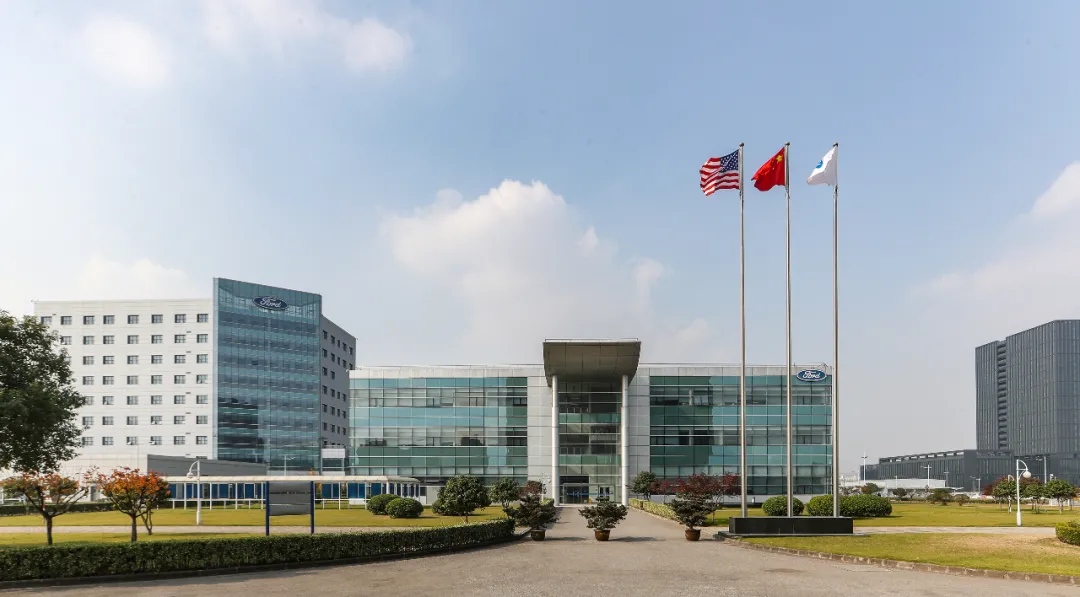
As the famous writer Ba Jin said, “Calm thinking and swift action, direction is always more important than effort.”
This sentence also applies to the automotive giant Ford, which urgently needs transformation. The first thing to do is not to work hard, but to stop and redefine a set of development logic that fits the trend of the times.
As an old Ford employee, Chen Anning is also constantly reflecting on himself. The strategy of “One Ford” developing global products and achieving localization production in China was successful in the past, but today, this approach is outdated.
Now, it is necessary to break the old thinking and reorganize and integrate new ideas for every Ford employee.
Going back three years ago. On April 3, 2019, just six months after Chen Anning returned to lead Ford China, he proposed the “Ford China 2.0” plan with “More Ford, More China” as the core.
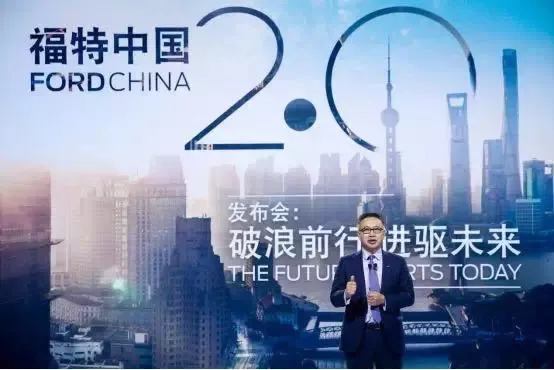
“At the moment, the Ford brand in China is experiencing a comprehensive renewal and is dreaming together with consumers.” At that time, Chen Anning defined the new “Ford China 2.0” plan with this sentence.
Renewal and dream, these two ordinary words, can actually be understood as: the unchanged in the great changes, cars still have to speak through products, and they must also communicate with users.
Chen Anning believes that “More China” is by no means narrow localization of car models, but to fully utilize China’s advantages in intelligent supply chain and ecology to provide a series of all-time, all-round intelligent services for customers.
In fact, this sentence is not fresh. New forces represented by NIO, XPeng, and Ideal talk about intelligentization and user-centeredness every day. State-owned new brands such as IM and Aion launched by Guoji and transformation of multinational car companies such as Volkswagen and General Motors also repeatedly say these words. However, few people set their own pace in this trend.
Compared with new forces, “turning a big ship is difficult” is the commonality of all traditional car companies. How to maintain traditional advantages and transform into intelligentization and how to achieve a fit and balance between the two are the difficulties and the key to the transformation of traditional car companies, and also the area where many new car-making forces fail to cooperate well.
“Everyone is stumbling in the dark. Falling is inevitable,” said Chen Anning.
Transformation is not achieved overnight or by decree. It requires a new set of thinking and is certainly not easy.# Ford China is the same
Since the Ford China 2.0 plan was established, the entire company from top to bottom, in the process of exploration, has been facing challenges, pressure, excitement, and firmness, as stated by Guan Yingchao.
“It’s important to stick to this path, not for short-term sales,” Chen Anning repeated similar words at every meeting. This is both an attitude and an action.
Chen Anning, who has a technical background, has also taken on a new role in this transformation, from a helmsman who masters the development of the enterprise to a “product manager.” After several discussions with the team, they decided not to develop products based solely on the form of benchmarking simple functions. This is the development philosophy of all future Ford vehicle models.
Ford China chose to start with EVOS as the first shot of transformation.
From an old hand to a newcomer, use war to end war
At the beginning of the EVOS project, Chen Anning urged the team to “build our cars based on user scenarios with user experience as the core.” This statement is not new, but the wording is different.
Recently, someone asked several engineers at the Ford Nanjing R&D Center what advantages Ford’s future products have. The engineers’ answer was straightforward but memorable: “It will make people feel that this car is particularly thoughtful and will bring convenience and highlights to daily life.”
This is their wish, which will not change whether the product is a fuel car or an electric car. In essence, it can be summed up in six words: “More Ford, more China.”
According to the plan, from 2019 to 2021, Ford not only needs to accelerate the speed of launching new models in the Chinese market but also needs to produce models that make the market “feel that Ford has changed.”
In fact, there are two cars under Ford China 2.0 that represent Ford’s determination to transform, one is the electric horse Mustang Mach-E, and the other is the fuel intelligent SUV, EVOS.
In Ford’s product system, EVOS is not an ordinary car model and represents a significant meaning. Chen Anning has repeatedly emphasized in public that this is the key model of Ford’s transformation. It can be said that the strength and efforts of the entire Ford China R&D team have to start with this car to make the market feel that “Ford has changed”.”All those involved in the EVOS project must inject a new way of thinking,” said Chen Anning.
This includes colleagues from the Detroit headquarters and other regions around the world.
“The Ford EVOS project is indeed a product led by the Ford China team, a collaboration of high-quality global resources, and has great reference significance for our future product logic and global cooperation.”
In the process of getting closer, there is harmony and collision. For example, how to make the Detroit headquarters better understand the needs of Chinese consumers for intelligence, and how to set up a car system and interface that meets the usage habits of Chinese consumers, etc. The continuous exploration over the past two or three years is a process of getting closer.
In the process of getting closer, one can gradually see the path ahead.
In fact, over the past two years, some painful market experiences have urged Ford’s teams in China and the U.S. to continuously get closer. From the Detroit headquarters to Ford China, there is now a common belief that in the Chinese market, Ford must compete fully as a “challenger” to fight to win.
However, Ford also knows that no matter how lofty the goal is, the ultimate goal is still the product.
“The product development cycle for a level of car like EVOS should be 40-42 months, about three and a half years, anywhere,” said Guan Yingchao. The product development of EVOS is a completely new process, from the platform, chassis, electronic and electrical architecture to the entire design concept, it is all new work.
This is a process of both addition and subtraction.
As the project leader of EVOS, Guan Yingchao knows that a lot of research data, unified team thinking and direction must be used. Only by completing the overall direction, can the issues of entanglement and repetition be addressed.
At the beginning of the EVOS project development, Ford conducted an innovation competition within the company, inviting all employees to come up with ideas from a personal perspective. Through this collective brainstorming approach, a lot of creative points emerged.
All creative points cannot be implemented on the car, but this model, at the beginning of the project or for the entire team involved in the project, injects a new way of thinking that focuses on user experience to build a product, Guan Yingchao believes that this is an important reason for the success of EVOS.
Abandoning the traditional and more mature function benchmarking, and developing EVOS from a customer experience perspective, it may sound simple, but the degree of entanglement in practice is not small.
They have created EVOS.
The first hurdle was to position EVOS as “fuel intelligent.” This didn’t take too much time.The redefinition of the product may not be as dazzling as technological innovation, but it is a crucial step that cannot be done poorly, otherwise other transformations are meaningless.
The intelligentization of fuel vehicles has gradually become a new trend, and Ford’s exploration of this trend began three years ago.
At that time, intelligentizing fuel vehicles had already been a consensus among Ford China’s leadership and project team, and the next step was how to make the product definition more specific.
“This car must have a trendy and futuristic appearance with enough sense of technology.” This is the first layer of product logic for Ford EVOS.
Trend, sense of technology, and sense of the future. The entire project team must first find a product logic that can string together these three keywords.
To this end, they started extensive research, and the first and foremost question was, is this design forward enough?
According to the general product development cycle, it takes about three and a half years. However, the EVOS project team wants to go further, “the EVOS we want to launch not only has to meet today’s standards, but also the standards two or three years from now, otherwise the product has no competitiveness.”
EVOS adopts the design concept of “potential aesthetics” while maintaining Ford’s brand performance DNA. The sharp lines from the hood all the way through the body side to the tail visually reflect Ford’s pursuit of speed and the racetrack spirit.
“Maintaining DNA is not difficult”, but the process of shaping the design was a “rollercoaster”. After the clay model came out, the research results showed that many people felt that the “styling was beautiful, but the sense of the future was lacking”.
The research results showed that if it was to be launched in half a year, the appearance would be very competitive, but in three years, a more daring and forward-looking design was needed. Finally, the project team reached a consensus.
“Start all over again”.
This opinion initially received support from Ford’s China leadership and a decision was made to start all over again. The difficulty lies in how to persuade the headquarters in Detroit. At that time, the Chinese team brought out the killer – research reports and competitor photos, and finally convinced headquarters.
Meanwhile, the team continued to conduct research while maintaining a frequency of adjusting every two months. They didn’t miss any details that could have a significant impact on shaping and enhancing the sense of technology, such as car lights and grilles.
They firmly remembered Chen Anning’s words, “do this car in the boldest way possible,” and stuck to this line of defense without letting up.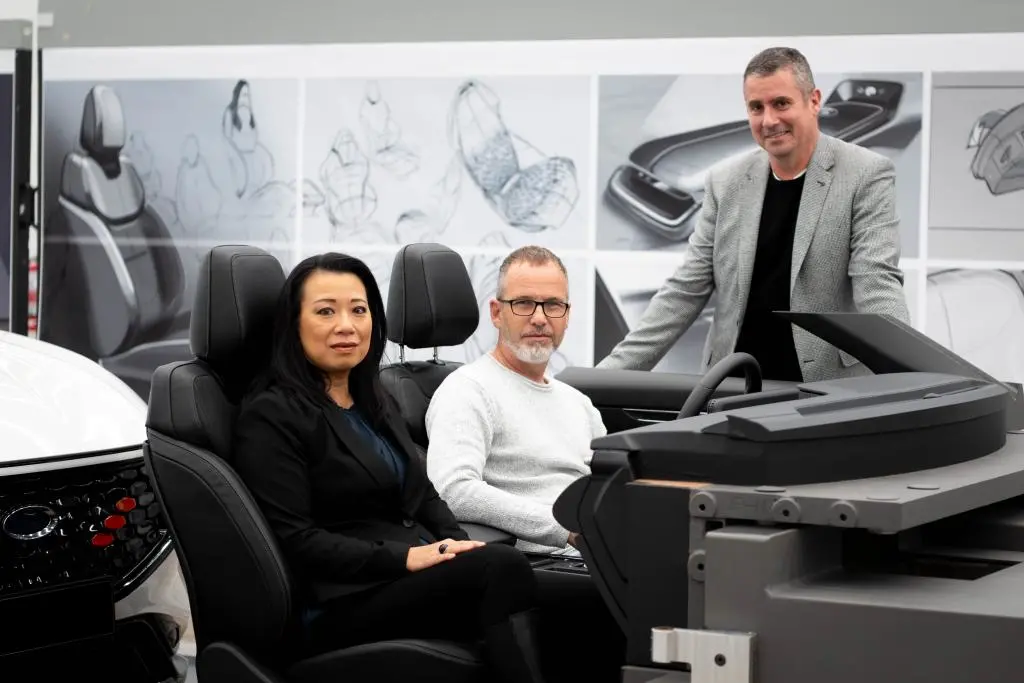
The second layer of product logic is still based on practical needs. At this time, Ford demonstrated the good tradition of a century-old enterprise: restraint, meticulous exploration, and clear expression of user needs with specific features.
“At the beginning of vehicle development, with the help of Ford’s new flexible architecture, we better balance space utilization, lightweight, safety, handling, and comfort and other indicators,” said Guan Yingchao. Because of the full research and adjustment based on the research results in the early stage, the smooth execution of the project in the later stage was ensured.
“A completely different mid-to-large SUV, no good features are missed.” It is precisely because of the clear target that the R&D team becomes more proactive and invested in pursuing the ultimate product experience and engineering innovation.
For example, dynamic styling is not achieved by sacrificing space.
For Ford, there are actually no technical problems that cannot be solved. After adequate research and demonstration, the R&D team began to optimize the interior space of the EVOS globally.
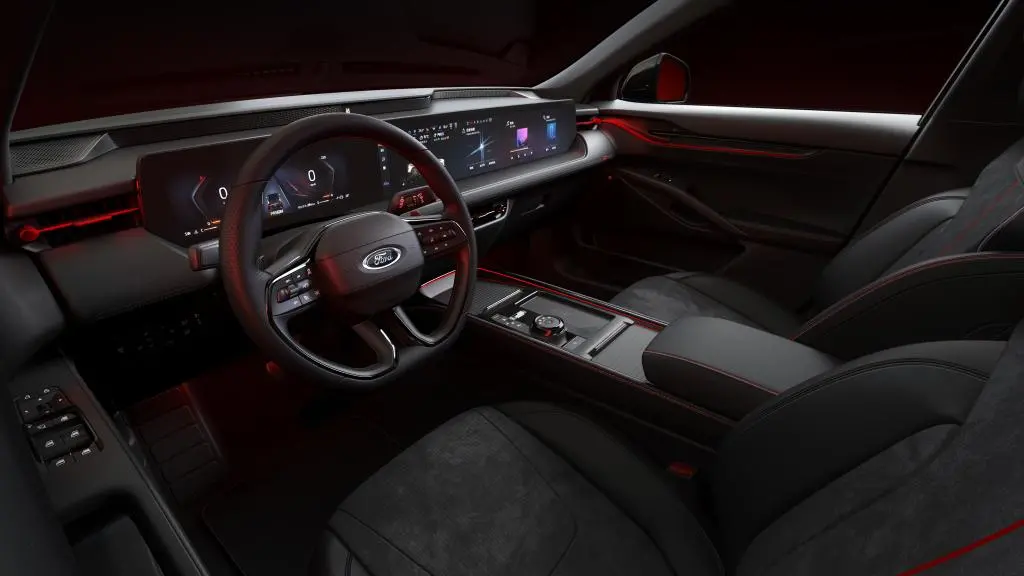
The obvious strategy is to further expand the “belly capacity” of the EVOS cabin by placing the center console forward and reducing its longitudinal thickness, achieving tank-like space utilization. For example, the sleek design may cause concern about “insufficient headroom”. The clever design of EVOS hides the hinge of the tailgate in the tail fin, without sacrificing interior headspace. This detail processing reflects the professional skills of designers and engineers!
There are endless details like this. It is the Ford China engineers’ quest for product details that determine the true quality of the product.
Intelligent “Small Tricks”
How can gasoline vehicles play with intelligence? This is the second challenge and also the third layer of product logic of Ford EVOS.
What the whole team feels challenging is that some ideas may seem good when proposed, but there is a lot of uncertainty in the execution phase.
For example, the 27-inch full-screen application. At the beginning, the team didn’t have much confidence in whether it was appropriate to use such a large screen on a gasoline car. In addition, they also encountered a major problem of worrying about blocking the safe airbag pops.
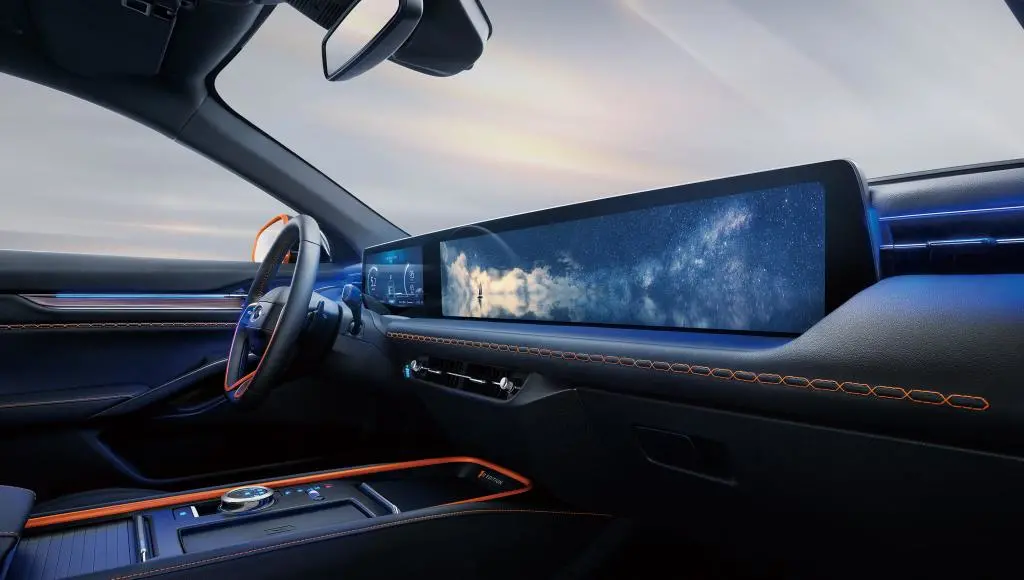
“Since we have chosen to use it, we must ensure comprehensive safety matching among hardware selection, multidimensional interaction mode, and SYNC+ 2.0 car system.” This sentence was spoken by Guan Yingchao to both encourage and make demands of the team.
“Using a 27-inch horizontal screen is a first for the entire industry. The whole company has discussed how to use it and how to proceed, and nobody knows for sure,” he said.
Ford had no precedent for this, but that didn’t matter. They took it upon themselves to do it anyway. At the time, nobody could say for sure whether Ford’s pioneering efforts were a costly innovation or a courageous act of foresight.
However, this attitude made Chen Anning proud. “It embodies the company’s courage to make a breakthrough for the future.”
As the project leader, Guan Yingchao’s first priority is to gain an understanding of things. Not only does he need to understand the rationality of smart engineering, he also needs to understand how engineers’ thinking changes. He must strike a balance in making choices while ensuring that all employees are involved in the transformation process, transforming engineers’ thinking into user thinking.
The simplest part is the product features and highlights, which although discussed by most people, do not necessarily bring consumers surprises. Based on the problems encountered during the transformation of companies such as Volkswagen and General Motors, Ford EVOS needs to find its own technical highlights and find more things beyond user experience in terms of intelligence.
One of the technical highlights is that under the super processing capability of Snapdragon 820A, the 27-inch high-definition 4K large screen can support two partition controls at the same time. The next step is to find “experience that exceeds user expectations,” which is the product’s strength.
How to find it? Ford’s method is not surprising, it’s grounded research. The HMI team conducted a very detailed customer survey that lasted six months, tracking 20 households and listening to what they wanted in the car.
“We don’t develop blindly, everything is based on very practical customer feedback, needs, and use cases,” said one HMI team engineer.
Whether it’s new ways of interaction or new systems, there is no borrowing, only self-discovery and adjustment. But at Ford, the answer to engineering and R&D team problems is always “how to do better,” never “it can’t be done.”
For example, Ford has experience with SYNC+ system and knows what works well and what is new and challenging. With the EVOS intelligent cockpit, the design concept is based on “from me to us,” and it is necessary to achieve it through three HMI designs of SYNC+ 2.0, based on a 27-inch horizontal screen.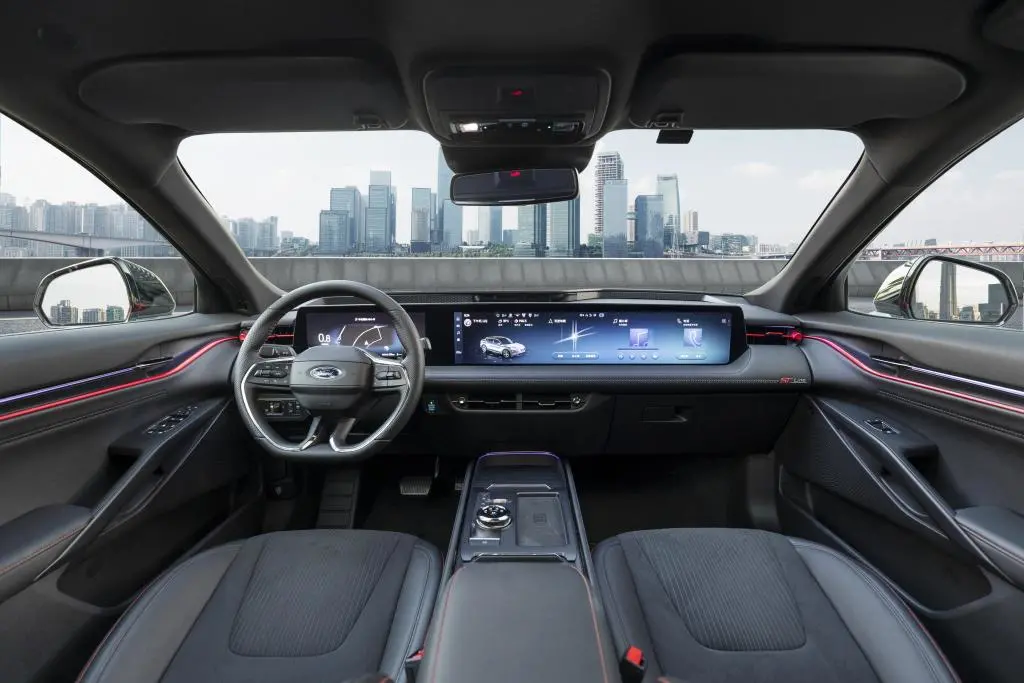
Engineers found that SYNC+ 2.0 is a key element for EVOS to achieve various usage scenarios and user experiences, but there are also some user experiences that do not need to be implemented through SYNC+ 2.0. For example, the resurrection of the lying dragon has little to do with the vehicle system, but still requires coordination of various control module software and hardware.
Guan Yingchao spends two hours every week sitting in a trial car, feeling the intelligent cockpit over and over again, and finding out which details need to be improved.
What he often needs to grasp is which functions must be highlighted and which can be cut. Because a good product should be complete, mature and systematic.
“including UI, although the final implementation is completed by the supplier, but what about each ICON in the UI? How sharp is it? Even to the pixel level, these are reviewed and evaluated by the Ford team in round after round.”
Due to the redesign of the exterior, a lot of time was delayed, and he had to find ways to improve efficiency. For example, let suppliers, engineers, and studio designers sit together and work.
When Guan Yingchao feels under a lot of pressure, he also often sits in the EVOS trial car and meditates for a long time. After all, groping forward step by step in a market that is being pushed, the time for transformation does not provide him with the space and opportunity to try and make mistakes.
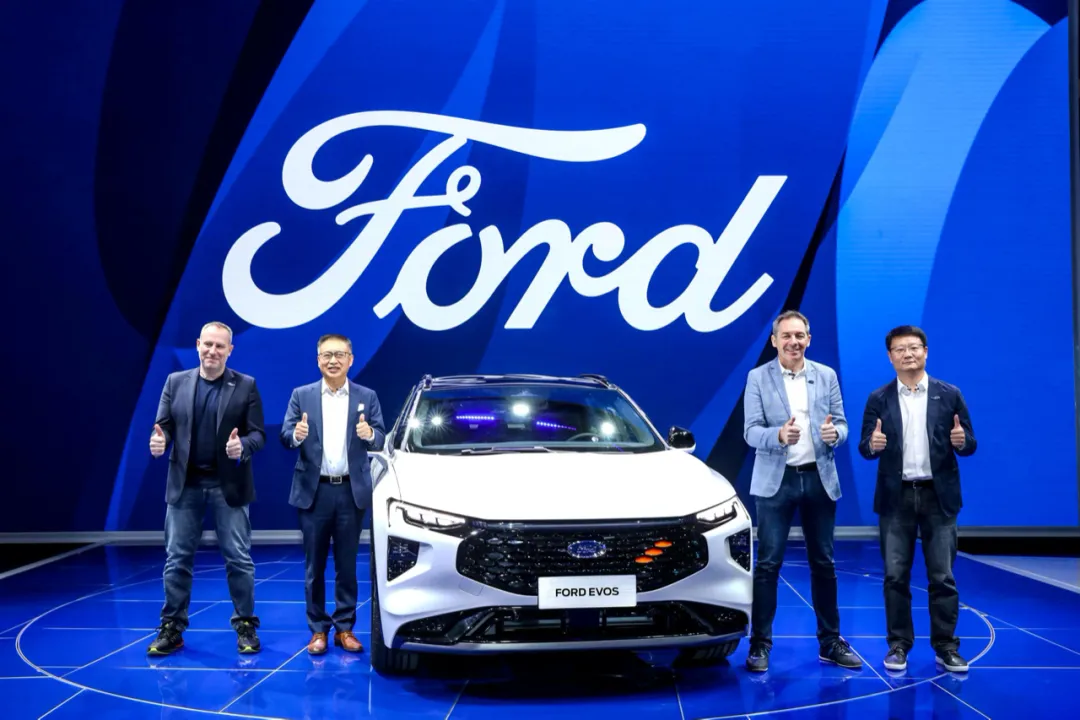
It wasn’t until November 2021, when EVOS officially went on sale at the Guangzhou Auto Show, that Ford received a lot of positive feedback from the media and the market, and the entire team had a “breath of relief” feeling, gradually releasing the pressure and worries.
“At that time, I heard some comments saying that through this car, EVOS, I know that Ford has changed, and I am quite proud.” Engineers’ thoughts are simple, users like it.
So how do you define users?
Li Xiang, the founder of Ideal Automobile, once said: The best way to define users is when you describe this user group, the image that 10 people think of in their minds is the same.
Ford’s next step is to find out whether “the image of EVOS in the minds of 10 people is the same.”
Conclusion
Ford EVOS not only represents Ford’s understanding of intelligence, but also condenses Ford’s awakening on the road of transformation-through introspection, re-understanding the Chinese market, and stabilizing development rhythm through continuous exploration.
In a sense, the Ford EVOS project is like a touchstone, “connecting” all aspects of Ford China 2.0。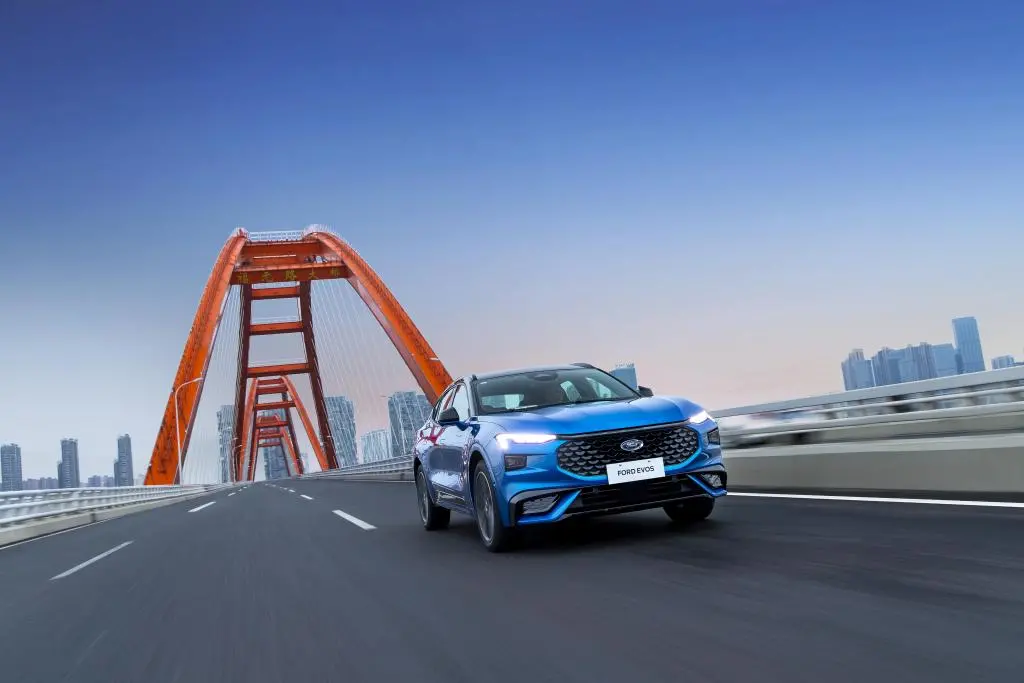
To go further, from product definition, design and technological innovation, to the collaboration of the upstream and downstream of the industrial chain, as well as the full cooperation of the Ford global team, it fully demonstrates the “New Ford” in the midst of transformation.
People who have test driven the Ford EVOS will be amazed that this product is not at all like a fuel-powered car in terms of intelligence. Or, it could be said that it is the least boring choice among fuel-powered cars.
It can be said that, beginning with the EVOS, Ford has revolutionized itself. It is precisely because Ford has been able to understand user needs from start to finish that it has been able to design a car that truly meets the demands of the Chinese market.
“I believe it will definitely not disappoint you, and this is also the confidence of the entire EVOS team,” said Guan Yingchao.
This article is a translation by ChatGPT of a Chinese report from 42HOW. If you have any questions about it, please email bd@42how.com.
